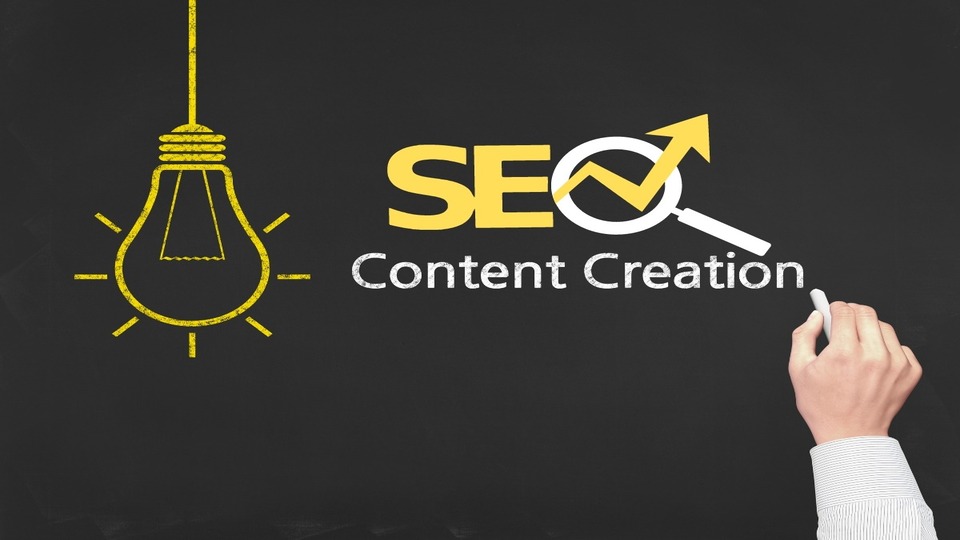The Intersection of AI and SEO: Unveiling the Future of Digital Marketing

Introduction
In the dynamic world of digital marketing, artificial intelligence (AI) is not just a buzzword but a transformative force. As we stand at the crossroads of tradition and innovation, it's essential to understand how AI is changing SEO and the strategies we need to adopt to make the most of it. This comprehensive guide explores the intersection of AI and SEO, focusing on tools that can enhance the E-A-T (Expertise, Authority, Trustworthiness) factors valued by search engines like Google.
(More information here)
AI Tools for SEO: Enhancing E-A-T
AI tools are revolutionizing the way we create and optimize content, making it more engaging and search engine friendly. Here are some AI tools that can be particularly beneficial for SEO, especially for e-commerce:
- Writesonic: An AI content assistant that simplifies the content creation process, integrates with SurferSEO, and offers 80+ AI writing tools.
- Jasper: A SaaS AI content creation tool that generates various forms of content and ensures SEO optimization with its "SEO Mode."
- XXAI: A desktop AI writing assistant that integrates across apps and websites, powered by advanced models like GPT-4 and Claude 3.5.
Additionally, for an exploration of the top AI SEO tools in 2024, check out ["5 Best AI SEO Tools in 2024"].
AI Tools for Productivity
In addition to content creation, AI tools are also transforming productivity and organization. Here are some tools that have been personally integrated into workflows:
- Plus AI for Google Slides: A slide deck generator that co-writes slides and provides suggestions for improvement.
- My AskAI: A tool for using ChatGPT on your own files and website, offering more accurate responses for document handling.
- Krater ai: Combines text, audio, and image-based generative AI tools into a single web app for AI content creation.
- HARPA AI: A Chrome extension that provides GPT answers beside search results and offers the option to chat with any web page or summarize YouTube videos.
- Taskade: Combines tasks, notes, mind maps, chat, and an AI chat assistant within one platform.
Content Generation Platforms
NLP lets machines understand, interpret, and create human language. This technology is used to analyze content, find insights, and automate tasks like sentiment analysis and keyword research.
Machine learning algorithms help computers learn from data, identify patterns, and make predictions. They help personalize content, optimize campaigns, and improve performance.
The AI Content Creation Process
The AI content creation process is a multi-stage endeavor that involves:
Content Ideation and Research
AI assists in generating content ideas based on data analysis, competitor research, and market trends. This ensures that the content addresses the needs and interests of the target audience.
Content Creation and Optimization
AI tools automate writing, editing, and formatting tasks. They generate headlines, craft compelling copy, and optimize content for search engines and social media platforms.
Content Distribution and Promotion
AI helps in distributing and promoting content effectively by analyzing audience demographics, behaviors, and preferences, ensuring the content reaches the right audience at the right time.
The Human-AI Symbiosis
While AI offers numerous benefits, it also poses certain challenges and limitations:
- Overreliance on Technology: Overreliance on AI can lead to complacency and a lack of human oversight. It's important to balance automation with human intervention to ensure AI complements human creativity.
AI in SEO and Productivity:
For an insightful discussion on the potential impact of AI on SEO, watch "Will AI Tools Kill SEO?".
As AI continues to evolve, its role in SEO and productivity will only grow. Businesses that can effectively harness the power of AI will be better positioned to compete in the digital marketplace. The key will be to find the right balance between automation and human oversight, ensuring that AI tools are used to enhance, rather than replace, human creativity and expertise.
Conclusion
AI content isn't inherently bad, but it's all about how you use it. If you're using AI, mix it in with original, human insights.
Because it's not always accurate. When I ask an AI to generate content about something I know, it spits out a long, well-written paragraph of facts mixed with nonsense. Sometimes, the nonsense is hidden in the text. it just repeated something from the internet, without adding any new value. you have to double-check everything AI writes.
In the age of AI, understanding how content is used is important. It's about adapting to new ways of measuring success and engaging users. Use these tools responsibly as we move into this new era of AI-assisted SEO. Read the terms. The future of writing is in our hands, with AI.
FAQs
What is the role of AI in SEO?
AI plays a crucial role in SEO by helping to create high-quality, engaging content that resonates with the audience. It can also assist in optimizing content for search engines, making it easier for users to find relevant information.
How can AI tools help with content creation?
AI tools can automate the process of content creation, from ideation and research to writing and optimization. They can generate headlines, craft compelling copy, and ensure that content is optimized for search engines and social media platforms.
What are some challenges associated with using AI tools in SEO?
One of the main challenges is the potential overreliance on technology, which can lead to complacency and a lack of human oversight. It's important to strike a balance between automation and human intervention to ensure that AI tools complement, rather than replace, human creativity.
How can businesses stay ahead in the competitive digital marketplace?
Businesses can stay ahead by effectively harnessing the power of AI, using it to enhance their SEO efforts and improve productivity. This involves adopting the right tools and strategies, while also respecting data privacy and ethical standards.